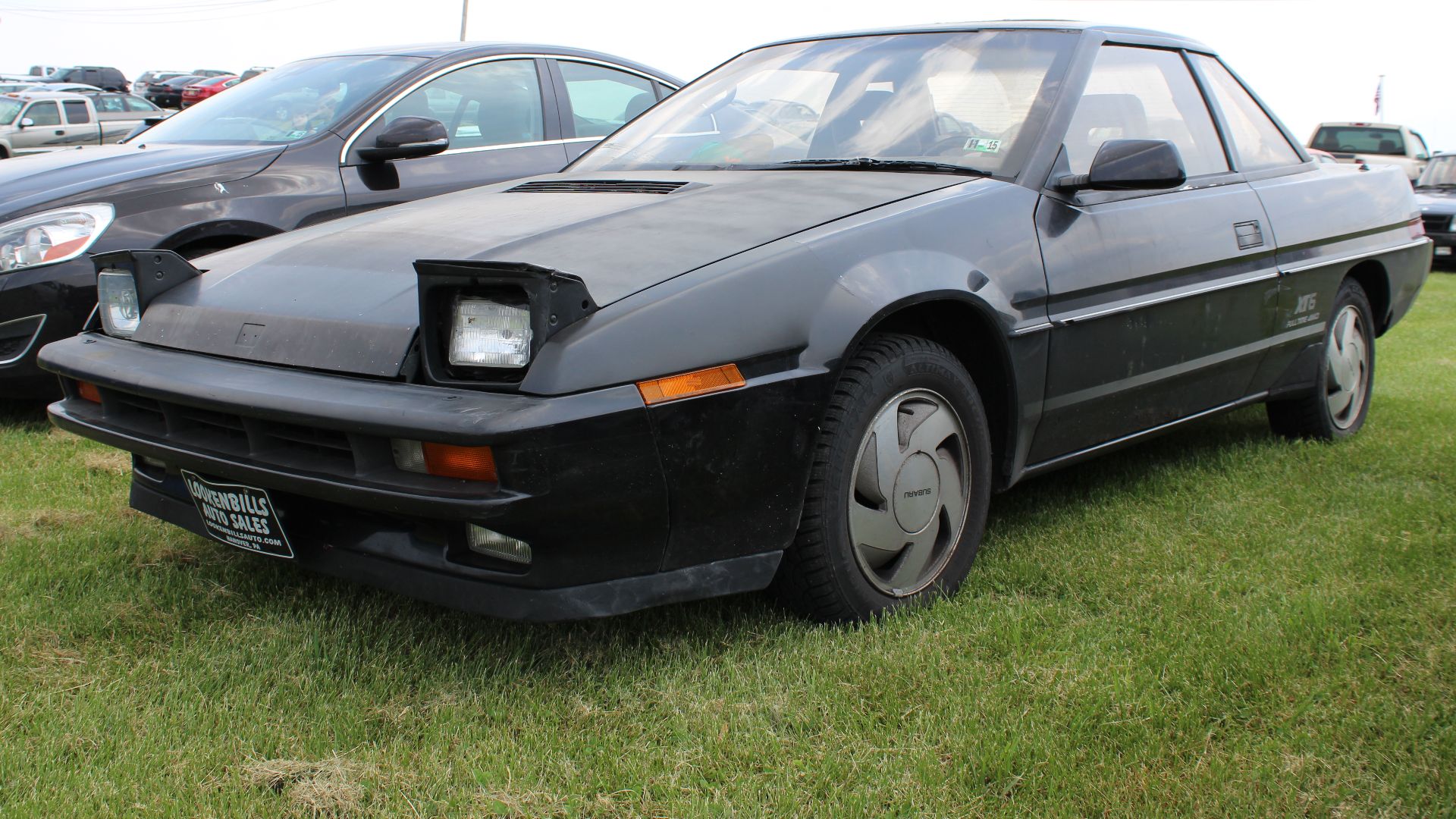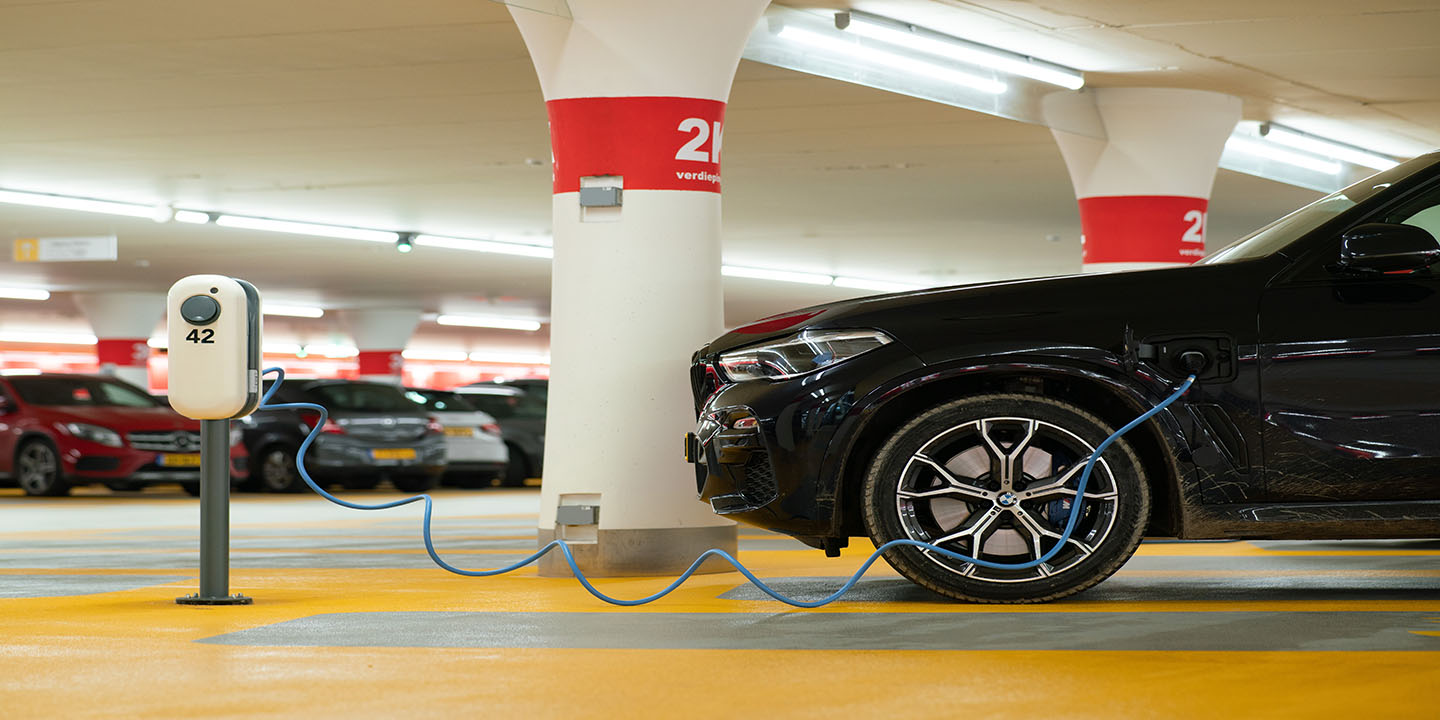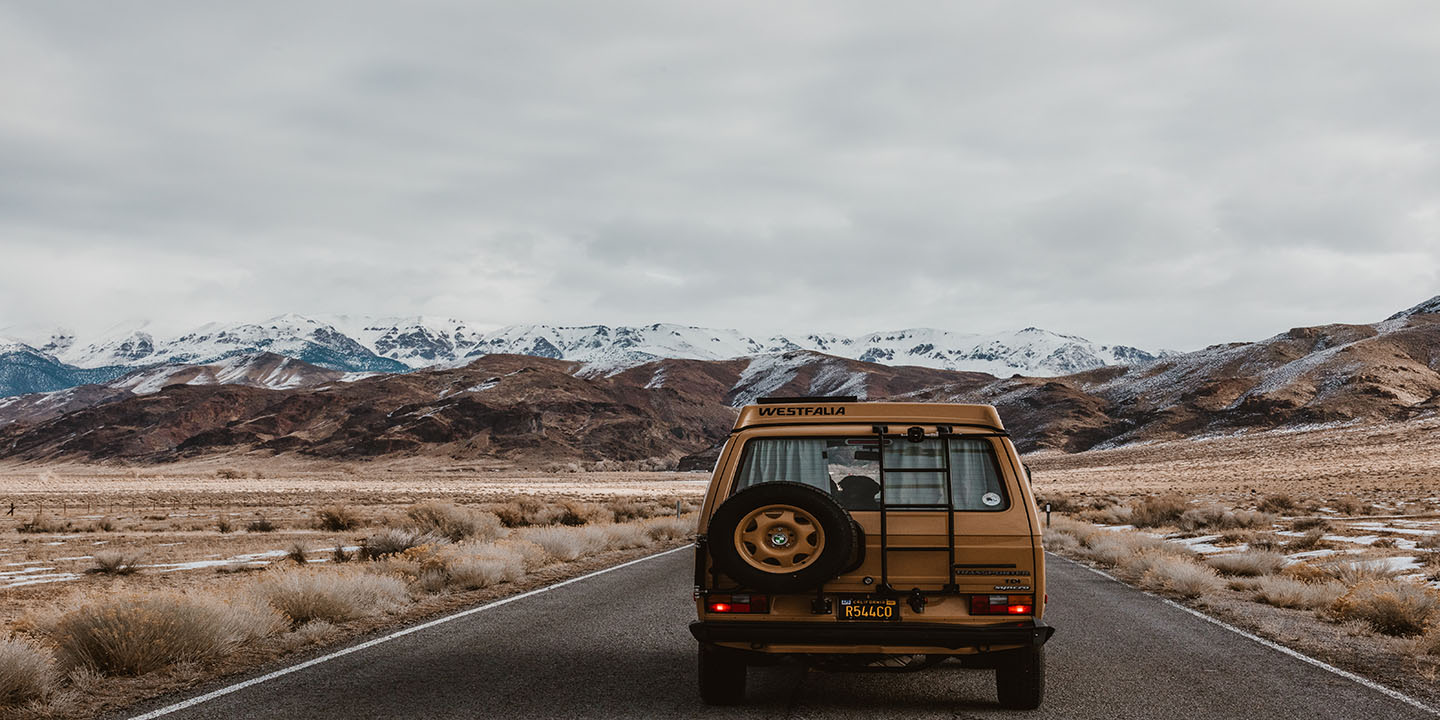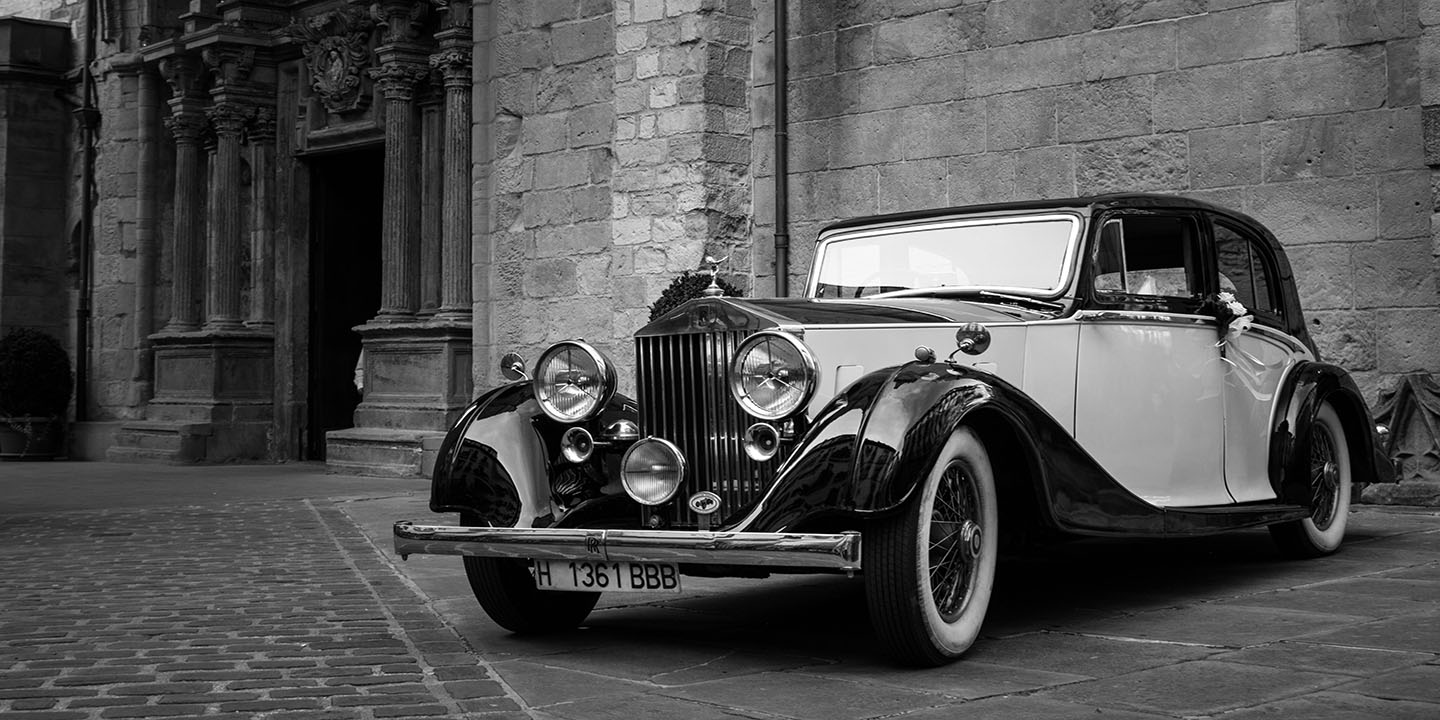Subaru’s Hits And Misses
Subaru has a fanbase that’ll climb mountains for an Outback and proudly slap “AWD” stickers on everything they own. However, even the most loyal Subaru lovers have a few models they’d rather pretend never existed. So, first, let's look at 10 Subaru models no one really wanted before moving on to the hits that have made the company a household name over the years.
1. Subaru B9 Tribeca
Subaru launched the B9 Tribeca with high hopes, but sales barely touched 18,000 units in its first year. Much of the backlash centered on its airplane-inspired grille, which was scrapped by 2008 following widespread criticism. Even with a premium price tag, the interior lacked the feel buyers expected.
 order_242 from Chile on Wikimedia
order_242 from Chile on Wikimedia
2. Subaru Baja
Unlike anything else on the market, the Subaru Baja entered with a bold identity as a sport utility truck. Enthusiasm faded quickly, with fewer than 31,000 units sold across four years. A low 2,400-pound towing capacity and the lack of a true four-door crew cab made it impractical for most buyers.
 The original uploader was Reelcheeper at English Wikipedia. on Wikimedia
The original uploader was Reelcheeper at English Wikipedia. on Wikimedia
3. Subaru SVX
Subaru took a sharp turn with the SVX, launching a $24,000+ sports coupe that left its core buyers behind. Just 14,000 made it to U.S. garages as shoppers balked at the price. Weighing nearly 3,500 pounds, it lacked the agility expected from a sports car.
4. Subaru Justy
In an era of boxy sedans and booming horsepower, the Subaru Justy dared to be different as the only 3-cylinder AWD hatch in the U.S. during the late ’80s. That novelty wore thin with just 66 horsepower under the hood.
 Riley from Christchurch, New Zealand on Wikimedia
Riley from Christchurch, New Zealand on Wikimedia
5. Subaru XT6
Design took a strange turn with the Subaru XT6, featuring an asymmetrical steering wheel and concealed buttons that left drivers guessing. Early models faced suspension problems, while the debut of Subaru’s digital dashboard brought more confusion than clarity.
6. Subaru Loyale
The Subaru Loyale entered the ’90s clinging to a boxy design that felt a decade behind. Its 1.8L engine produced just 90 horsepower, leaving drivers with sluggish acceleration. Moreover, cabin insulation was thin, and road noise filled every trip.
7. Subaru GL Wagon
By the time it exited the U.S. market, the Subaru GL Wagon felt stuck in the past. With only around 84 horsepower, uphill driving pushed it to its limits. Lastly, safety features like airbags were never added, which left it behind as the industry moved forward.
 order_242 from Chile on Wikimedia
order_242 from Chile on Wikimedia
8. Subaru R1
Nothing about the Subaru R1 screamed mainstream. Featuring just two doors and barely enough room to stretch, it leaned hard into kei car territory. After five years of weak demand, Subaru retired it, though microcar fans still chase its quirks today.
9. Subaru Rex
Designed for tight streets and short trips, the Subaru Rex was an early stab at urban mobility with little reach beyond Japan. Safety standards kept it from global markets, and its rear-engine layout brought clunky handling and plenty of cabin noise.
10. Subaru 360
America met Subaru through the 360—and it wasn’t a warm welcome. Weighing just 850 pounds and barely hitting 50 mph, it couldn’t keep pace on U.S. roads. Nicknamed “The Ladybug,” it aimed for cute but landed on unsafe.
Now that we’ve aired out the awkward ones, let’s look at the ten Subaru best-sellers that actually earned their fans.
1. Subaru Outback
Subaru’s top-selling model in North America, this model blends all-wheel drive with the smooth handling of a car and the practicality of a wagon. It provides up to 9 inches of ground clearance, making it reliable for snow-covered roads or light trails.
2. Subaru Forester
The Subaru Forester has earned its reputation through consistent safety, practicality, and comfort. It has been called an IIHS Top Safety Pick nearly every year since 2007. It’s also a favorite among pet owners, thanks to its spacious cabin and easy rear access.
3. Subaru WRX
Built on a legacy shaped by the World Rally Championship, the Subaru WRX has become a performance icon with everyday usability. Tuners and modders are drawn to its responsive platform, while enthusiasts appreciate its ability to rival far more expensive sports cars in raw performance.
4. Subaru Impreza
Unlike most compact cars, the Subaru Impreza built its reputation on grip before gadgets. As the first U.S. vehicle to feature standard all-wheel drive under $20,000, it changed expectations for entry-level sedans. It’s also the core platform for the WRX and WRX STI.
 Ser Amantio di Nicolao on Wikimedia
Ser Amantio di Nicolao on Wikimedia
5. Subaru Crosstrek
This one on the list carved out its niche by outselling the Impreza shortly after its 2013 debut. And since 2019, the hybrid version has added extra appeal for eco-conscious drivers who don’t want to give up all-wheel drive.
6. Subaru Legacy
Few midsize sedans offer standard all-wheel drive, and the Subaru Legacy stands out for keeping that feature alive in a shrinking segment. Inside, it’s the only Subaru sedan with optional dual 11.6-inch vertical touchscreens, which adds a modern tech touch.
7. Subaru Ascent
The Subaru Ascent marked the brand’s first entry into the 8-seat SUV category. It tows up to 5,000 pounds, more than many competitors in its class, while offering practical touches like rear doors that swing nearly 90 degrees for easier child seat access.
8. Subaru BRZ
Not all-wheel drive here—the BRZ breaks Subaru tradition with rear-wheel drive and a low-slung coupe profile. Co-developed with Toyota, it weighs under 2,900 pounds. That lean build pairs with precise, balanced handling tuned for track days and canyon curves.
9. Subaru XV Hybrid
As Subaru’s first production hybrid, this one hit the roads in 2013 with one goal—efficiency without compromise. Unlike many rivals, it kept Subaru’s signature full-time all-wheel drive system intact. Drivers in Japan and select U.S. states also benefited from eco-incentives tied to their cleaner footprint.
10. Subaru Levorg
The Subaru Levorg takes WRX DNA and stretches it into a sleek wagon format for markets like Japan, Europe, and Australia. Even the name tells a story—crafted from “Legacy,” “Revolution,” and “Touring”—a fitting summary for a car that’s equal parts speed and utility.






















